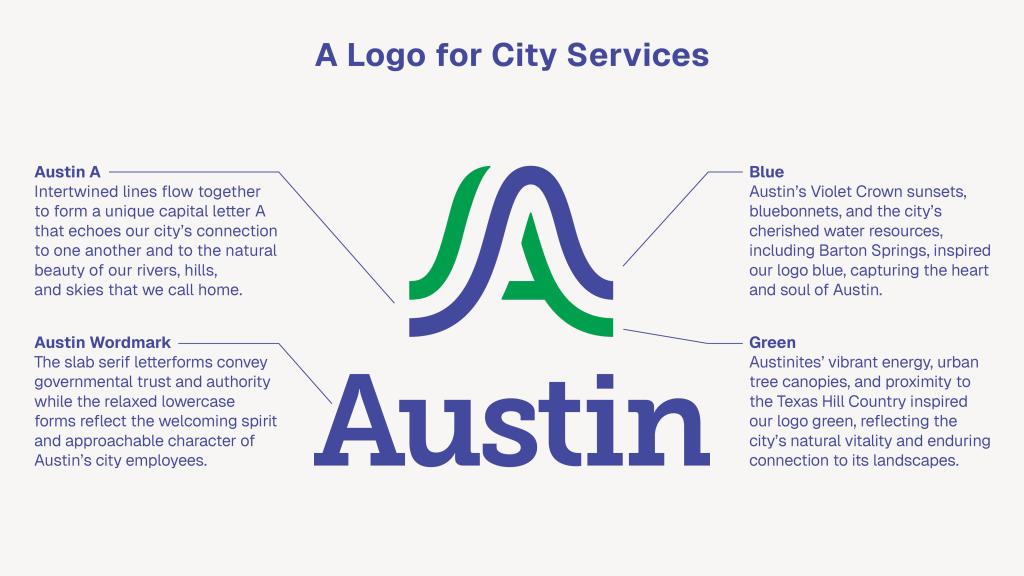Imagine sitting in class, focused on your work when suddenly, a U.S. Immigration and Customs Enforcement agent enters your school. The presence of law enforcement in education is already a tender topic, but when it comes to ICE, the stakes are even higher. We can already feel the consequences of this federal decision right here in Austin: AISD, like most Texas school districts, would have to comply with ICE investigations.
Schools should be safe places for students, not places of fear and intimidation. Allowing ICE into schools creates anxiety, disrupts learning and drastically affects immigrant students and their families.
A large number of AISD students have immigrant families, either personally undocumented or with family members who are undocumented. Allowing ICE into the schools simply sends a different message that students are not welcomed or safe in their place of learning.
AISD policy and public announcements have supported the idea that all students deserve to feel welcome and protected regardless of their immigration status. That promise would be broken if access to school grounds were given to federal immigration enforcement. Some students would stop attending school due to the risk of coming into contact with an Immigration and Customs Enforcement agent. COVID-19 has already taken its toll on the education of all students, and steps toward less stressful learning environments need to be taken, not large leaps into the opposite direction.
If ICE were to enter the schools, it would not stop at a few families; it would affect the entire student body. Classrooms are built on trust, community and collaboration. When students are worried that they or their peers may be deported, they become distracted and anxious, making it difficult to focus on education.
Teachers would be placed in an impossible situation too. Educators are not law enforcement officers, and they should never be burdened with the responsibility to behave like one. Their role is to support, not to enforce immigration laws on students. In case ICE was allowed into schools, teachers would be put into a moral predicament whether to follow the federal authorities or stand up for the student’s right to learn undisturbed.
It is important to know that ICE has some legal limitations in terms of schools: Under the 2011 “sensitive locations” policy, ICE generally avoids actions at institutions such as schools, churches and hospitals. However, this policy is not law, and it can be changed at any moment.
Some would say that allowing ICE into the schools could be a means of enforcing immigration laws and taking care of concerns about undocumented individuals. However, this argument turns a blind eye to the damage targeting young students and their families in an educational environment would cause.
Beyond the individual impacts on students, allowing ICE into schools would extend to larger community consequences in Austin. AISD prides itself on a diverse, inclusive district and families have chosen to live here because of that fact. If parents fear that sending their children to school could result in deportation or family separation, they may be forced to make the heartbreaking choice of keeping their kids at home. Thus sacrificing their future in order to stay together.
This is not an immigrant problem; it’s a community one. Schools are supposed to bridge gaps, not build walls. The presence of ICE agents would create division and distrust among families, educators and school officials. Though it is true federal laws should be respected, in many cases those who enter our country illegally end up building lives and improving the economy of where they land. Why should contributing members of our society be stripped of their rights simply because of the generalization of all immigrants?
AISD needs to draw a line, no ICE on school property. Other Districts, like the Los Angeles Unified School District and Chicago Public Schools, have enacted policies barring ICE from campuses without a warrant. AISD should follow suit and ensure that schools remain places of learning, not enforcement.
Students and community members alike carry a burden in keeping the presence of our students safe from any threat due to ICE intervention. So what can you do? If you are concerned with the threat of immigration agents in schools, go to the school administration with messages to create change, attend school board meetings, and be an advocate of policies for protection.
No child should face a decision between pursuing an education and their personal safety. Schools should be places of knowledge, not places of fear. Let’s keep ICE out of our classrooms.







